Calculate Out-The-Door Price
close
× ‹
All fields are required
Submodel
Select TPMS OptionTPMSTPMS: NOTPMS: YES
WHAT IS TPMS?Enter Zip Code WHY DO WE ASK ABOUT YOUR ZIPCODE?
ZIP code is needed for local pricing.">Why?
Cross Section
Aspect Ratio
Rim Diameter
Enter Zip Code Why?
7980 S Broadway
Littleton, CO
303.515.7308
Most stores are open nights and weekends
Directions
Store Hours:
| Day(s) | Hours |
|---|---|
| MON-FRI: | 7:00am-7:00pm |
| SAT: | 7:00am-6:00pm |
| SUN: | 9:00am-5:00pm |
| THANKSGIVING: | Closed |
| BLACK FRIDAY: | 6:00am-8:00pm |
Store Details Change Store Find a Store
Schedule An AppointmentLearn more about Oil Changes
7980 S Broadway
Littleton, CO
303. 515.7308
515.7308
Most stores are open nights and weekends
Directions
Store Hours:
| Day(s) | Hours |
|---|---|
| MON-FRI: | 7:00am-7:00pm |
| SAT: | 7:00am-6:00pm |
| SUN: | 9:00am-5:00pm |
| THANKSGIVING: | Closed |
| BLACK FRIDAY: | 6:00am-8:00pm |
Store Details Change Store Find a Store
Schedule An AppointmentLearn more about Brake Service
All fields are required
Engine
Enter Zip Code Why?
All fields are required
Submodel
Enter Zip Code Why?
FIRESTONE HAS BEEN THE NATION'S LEADING TIRE PROVIDER FOR MORE THAN A CENTURY.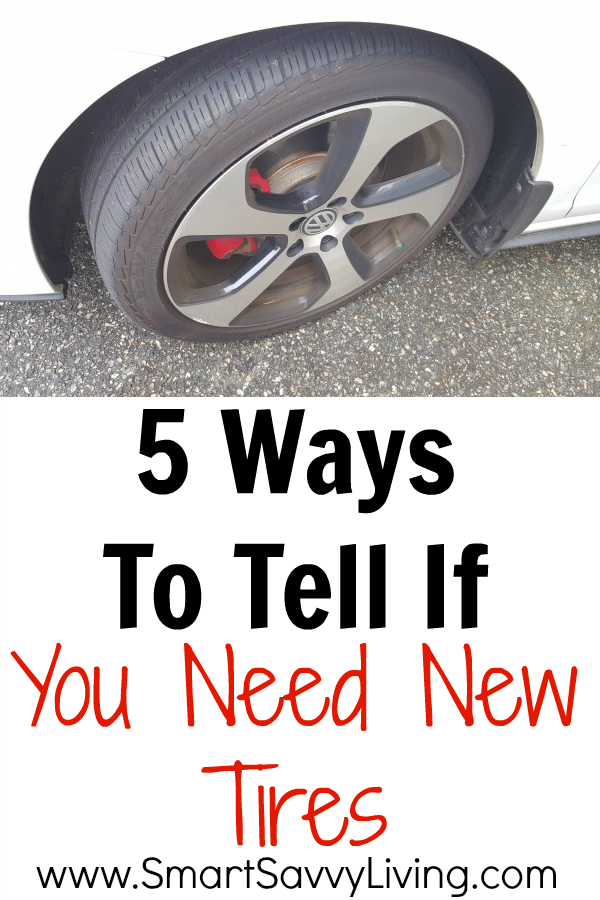
It's a tough road out there, and your tires bear the brunt of potholes, broken glass, nails, screws, and anything else that can puncture a tire. Firestone Complete Auto Care's flat tire repair services are the best in the business. We've been repairing tires since 1926, and we take pride in repairing America's tires. When tire damage strikes, come to Firestone Complete Auto Care–the tire repair shop you can trust.
If you suspect something is wrong with your vehicle's tires, don't hesitate to come into a Firestone Complete Auto Care near you. If your Tire Pressure Monitoring System (TPMS) light is on, you've hit something on the road, your tire is losing air, or maybe something just doesn't feel quite right, bring it in. One of our expert technicians will take a look and tell you if you need to repair or replace your tires.
Driving on a damaged tire can lead to additional (and more costly) rim damage and repairs, so it's best to have your tires examined at the first sign of trouble.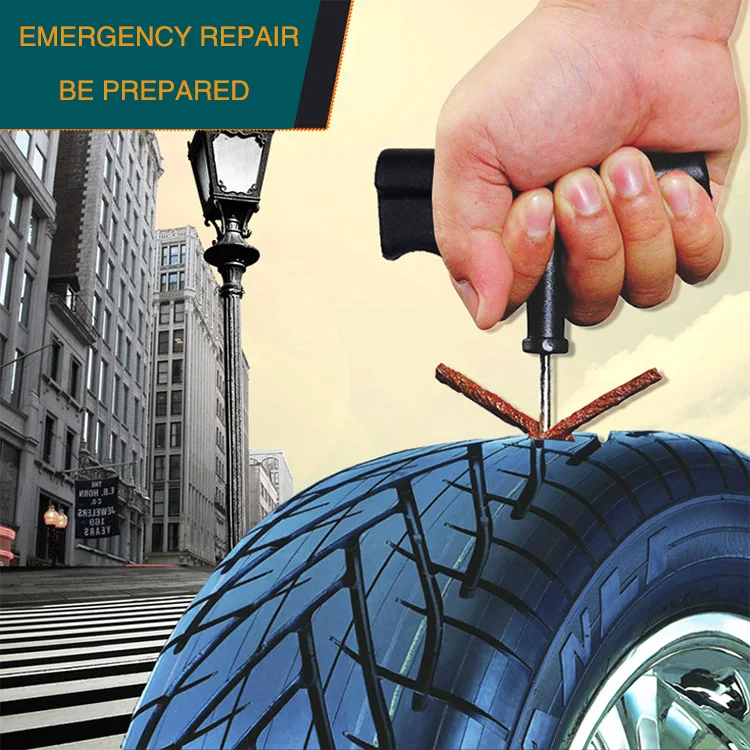 The solution might be as simple as needing one of our patch plugs if the tire puncture is addressed early on. In other cases, a leaking valve stem or valve core may need to be replaced with a new one or the TPMS sensor needs to be reprogrammed or replaced. Visit your nearest Firestone Complete Auto Care, and we'll take care of you and your vehicle tire repairs.
The solution might be as simple as needing one of our patch plugs if the tire puncture is addressed early on. In other cases, a leaking valve stem or valve core may need to be replaced with a new one or the TPMS sensor needs to be reprogrammed or replaced. Visit your nearest Firestone Complete Auto Care, and we'll take care of you and your vehicle tire repairs.
Schedule An appointment
Tire Repair & Patching/Plug
If your tires still have life left in their tread and are not over 10 years old, Firestone Complete Auto Care maybe be able repair or patch & plug them to get you back on the road quickly. Keep in mind not all tire damage can be patched if the puncture is too big.
Tire Replacement
Over time, the tread on your tires wears down, leading to compromised traction on the road and potentially dangerous driving conditions. Tires generally need to be replaced every 25,000 to 50,000 miles, depending on vehicle manufacturer recommendations and driving habits.
Tire Rotations & Balancing
When you have your tires rotated, you help increase the life of your tires by helping reduce uneven wear. Most vehicle manufacturers recommend a tire rotation about every 5,000 miles or at the manufacturer-recommended mileage. Tire balancing helps ensure weight is evenly distributed around your tires. It's necessary about every 5,000 miles or as recommended by your manufacturer. Balancing can lead to a smoother ride, less tire wear, and reduced strain on the drivetrain. When you think tire balancing, think safe, smooth, and efficient driving.
Wheel Alignments
It's best to have your alignment checked every 6,000 miles or twice a year. Even one misaligned wheel can cause the steering wheel to be off center and can lead to premature wear and tear on your vehicle over time. Keeping everything properly aligned ensures a smoother ride for you and a longer life for your tires.
Flat Repair
A flat or leaking tire can leave you stranded on the side of the road or lead to a situation where you lose control while driving. Take care of flat or leaking tires as early as possible to extend tire lifespan and ensure your tire doesn't leave you stranded.
Schedule An Appointment
All fields are required
Engine
Zip Code Entry Why?
Flat tires rarely happen at ideal times. Let Firestone Complete Auto Care help you with these answers to frequently asked flat tire questions.
To ensure a safe drive that doesn’t damage your rims or create more expensive repairs, change your flat tire with your spare tire before coming into your local Firestone Complete Auto Care center for flat tire repair.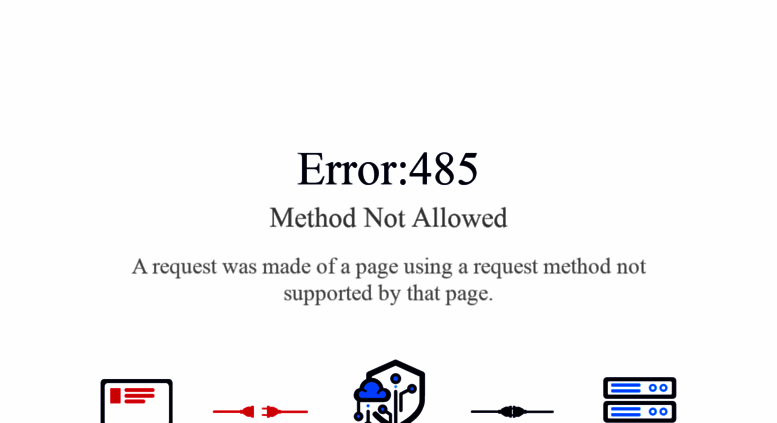
It’s tempting to replace just the tire that's damaged, but replacing one tire at a time can present challenges down the road since the one tire will have a different tread depth and thus different accelerating, braking, and cornering abilities than all of the others.
Few things are more inconvenient than a flat tire —except back-to-back flat tires. Learn the reasons why you keep getting flat tires and what you can do to help prevent flat tires from deflating your spirits!
If your vehicle hits a pothole in the road, you may experience steering and suspension system misalignment and/or damage, tire punctures, bent rims, and more. When your vehicle experiences a sudden jolt from a pothole run-in, timely inspection is highly recommended.
Pothole damage may not be obvious right away, but it can wreak havoc on your entire car if it’s not addressed quickly and fixed right the first time.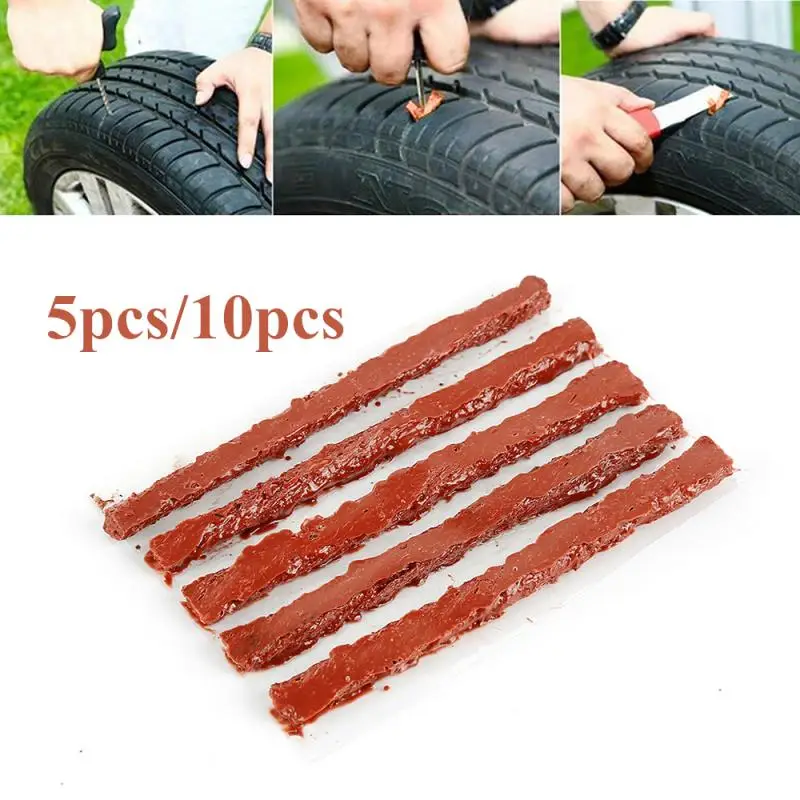 If you've had a recent run-in with a pothole, head to your local Firestone Complete Auto Care for a Complete Vehicle Inspection to check for any issues.
If you've had a recent run-in with a pothole, head to your local Firestone Complete Auto Care for a Complete Vehicle Inspection to check for any issues.
A tire plug is a quick fix for a tire that's leaking air from a nail or similar object that has punctured the tire. A tire plug fills the hole of the tire but is not reliable without a tire patch and not recommended to use alone. A patch is applied to the inside of the tire to further prevent an air leak and helps hold the plug in place. This allows a tire with ample useful life left in it to hold air reliably and keep you on the road for longer.
Run flat tires allow you to drive on a flat tire for a limited time with lesser risk than non-run flat tires. A Run Flat tire could be repaired if a nail or object is caught before tire damage occurs. However, if the tire is permanently damaged, it is required to replace a Run Flat tire with a new one.
The Tire Pressure Monitoring System light will illuminate if tire pressure is too low or part of the TPMS system has malfunctioned. Important TPMS warning light behavior:
Looking for the closest flat tire repair shop? Come to Firestone Complete Auto Care for a tire plug & patch or other tire repair service today!
Read More
Regular tire rotations can help prevent uneven tread wear and help your tires last longer. Schedule a tire rotation appointment at a Firestone Complete Auto Care near you today.
Schedule a tire rotation appointment at a Firestone Complete Auto Care near you today.
Read More
Knowing when to replace tires is as easy as measuring tire tread depth. Learn more about this important measurement and visit Firestone Complete Auto Care!
Read More
Tires
Sep 19, 2022
What is backspacing in wheels? What about offset? Are they the same or completely separate things? Firestone has the answers you're looking for. Learn more.
Read More
Tires
Aug 19, 2022
What are the symptoms of unbalanced tires, and do yours need balancing? Learn everything you need to know about this often-overlooked aspect of car maintenance.
Read More
Tires
May 20, 2022
Trying to decide between conventional and Run-Flat tires? Learn how Run-Flats work and how they differ from regular tires to see which may be better for you.
Read More
LOAD 3 MORE
SHOWING 6 OF 12
View More Articles
{{storeNumber}}
{{storeName}}
{{link-icon "Call Us" mobileCallLink null "call-cta"}} {{link-icon "Directions" directions "_blank" "directions-cta"}}
{{address}}
{{city}}, {{state}} {{zip}}
{{#if activeFlag}} {{#ifCond mystore "or" myPreferredStore}} {{#ifCond storeType 'eq' "TPL"}}
*Call store for appointment {{phone}}
{{else}} {{#if onlineAppointmentActiveFlag }}
{{#if myPreferredStore}}
{{else}}
*Call store for appointment {{phone}}
{{/if}} {{/ifCond}} {{else}} {{#ifCond storeType 'eq' "TPL"}}
*Call store for appointment {{phone}}
{{else}}
Schedule Appointment {{#if onlineAppointmentActiveFlag}} {{else}}
*Call store for appointment {{phone}}
{{/if}}
{{/ifCond}} {{/ifCond}} {{else}}
*Temporarily Closed Due To: {{temporarilyClosedReason}}
{{/if}} {{#if isMilitaryStore}}
*This location is on an active US military base.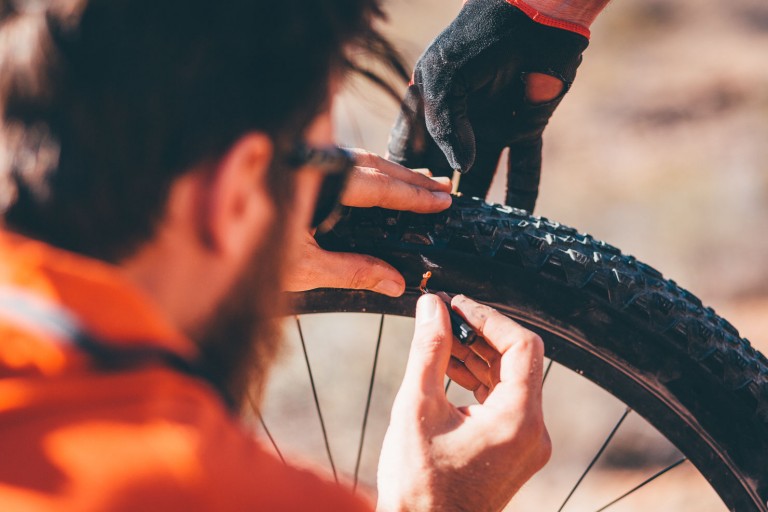 You may need military ID to access the location.
You may need military ID to access the location.
{{/if}}
{{#ifCond count 'eq' "3"}} Show More Stores {{/ifCond}}
Every editorial product is independently selected, though we may be compensated or receive an affiliate commission if you buy something through our links. Ratings and prices are accurate and items are in stock as of time of publication.
Modern vehicle tires are tough, standing up well to rough terrain and thousands of miles of driving. Trouble is, tires are not invincible. Every so often car tires spring leaks. Air can start leaking from anywhere on a tire, and the location of the leak determines whether or not you can fix it yourself. And if you can't fix it yourself, the location of the leak will also tell you if you need a professional repair or a new tire.
And if you can't fix it yourself, the location of the leak will also tell you if you need a professional repair or a new tire.
Whether or not your tire is tubed or tubeless affects things, too, because only tubeless tires can be repaired using the technique of plugging that we'll show you here. The good news is that modern vehicles always have tubeless tires, and this means that repairing with a rubber plug is often an option.
Plugging a tubeless tire is only a possibility when your puncture is in the tread area. If the air leak is where the sidewall of the tire meets the rim — this is called a "bead leak" — you'll need to visit a mechanic with a tire machine to dismount the tire from the rim and remount it with sealing liquid applied to the bead. If your sidewall has been punctured, you need a new tire, because damage there can lead to a blowout at highway speeds, even after repair.
Learn exactly how to plug a tire so next time you spring a leak between your treads, you'll be able to get up and running again in record time.
Total time completing the repair is about 15 minutes. Doing the work yourself will save you about $20 and the time spent driving to the garage and waiting.
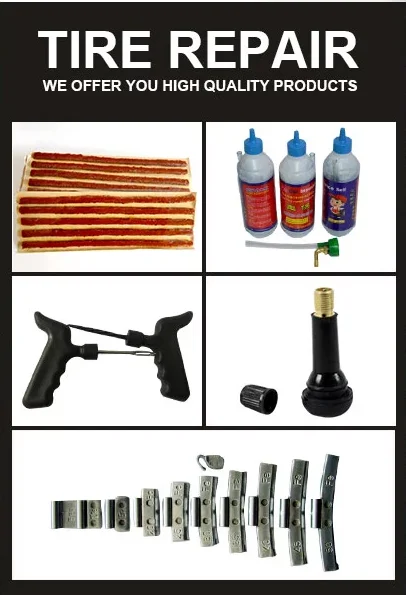 Constant bubbles indicate the location of the leak.
Constant bubbles indicate the location of the leak.Steve Maxwell for Family Handyman
Complete DIY projects like a pro! Sign up for our newsletter!
Do It Right, Do It Yourself!
Originally Published: August 27, 2020
esportby.com
An easy way to quickly restore tire tightness and continue your journey. True, for this you need to have the right wheel repair kit with you.
Maxim Stroker
“Catching” a nail, screw or piece of wire in a wheel on the track is a trifling matter and somewhere even everyday. However, it turns into a serious "trouble" if this happens, for example, at night or a couple of tens of kilometers from the nearest tire fitting point. In theory, in this case, you need to put a spare wheel and go further. Although, in the case of a family trip on vacation, the process of digging it out from under a pile of junk in the trunk can turn into an adventure that deserves a separate story. Be that as it may, often the trouble does not come alone and the spare tire can be broken literally on the next kilometer. After all, where one carnation fell on the road, there may well be another one, and another, and another ...
With a couple of crippled wheels, you'll either have to wait an unknown amount of time for a tow truck to be sent in, or fix it yourself. Therefore, in a not particularly urbanized area, it makes sense to carry a repair kit with you to eliminate punctures in tubeless wheels. In principle, it can be of any manufacturer. The main thing when choosing it in the store is to make sure that the “drill” included in the repair kit is not very toothy and sharp. After all, his task is simply to clear a puncture hole in the tire, and not to break its metal cord. The second recommendation: the flagella, which are supposed to close the puncture hole, should be plump and reinforced with thin wire or plastic threads.
n-i.kiev.ua
And the third criterion for choosing a wheel repair kit is the obligatory presence of a tube of glue in it. Yes, yes: there are also “glueless” sets on sale, which are essentially useless.
So, we notice that the wheel is flat (or has already been blown off) and proceed to eliminate the problem. Most often, the hole in the rubber is not visible. Therefore, to begin with, we hang out the damaged wheel by raising the car on a jack, and inflate it with a pump or compressor to 3-4 atmospheres. If even after that it is not possible to detect damage by the whistle of escaping air, we methodically and consistently wet the entire surface of the wheel and look for bubbles at the puncture site.
Having found a puncture, we take the “drill” from the set and pierce the damaged area with it several times. So we clean the surface of the hole before gluing. Next, we smear the “drill” with glue from the set and again immerse it in the hole. We repeat this operation and, leaving the “drill” sticking out in the hole smeared with glue, we take out the flagellum and insert it halfway into the eye of another tool - the “overgrown needle” (sometimes called the “awl”), also available in the repair kit. We coat the flagellum with glue and, quickly pulling the “drill” out of the hole, insert our “needle” there so that the ends of the flagellum remain above the surface of the wheel tread. Next, we pull out the “needle-awl” and wait a few minutes until the glue grabs. After that, we pump up the wheel and carefully cut off the protruding tails of the flagellum with a knife. Everyone, you can move on.
Test drive of one of the best family minibuses
19827
 Zen
Zen wheels, summer tires, cheap cars, repairs, tires, winter tires, track
You hit: the tire is flat, but there is no spare tire. Modern tires are tubeless - if you managed to block a small leak with a sealing compound, pouring it into the valve, you can not look for a puncture. Effectively - plug the hole with a rubber band. It is injected from the outside with a special device (such kits are inexpensive on the market). But now we are talking about an extreme case - when a careless driver has nothing at hand to quickly repair a puncture.
The technique is not new, but effective: we move the tire bead using the weight of the car and the force of the jack.
The technique is not new, but effective: we move the bead of the tire using the weight of the car and the force of the jack.
A small hole can be plugged by screwing a self-tapping screw into it. You can take it, for example, from the trunk lining. Another option, if the puncture is small: pour half a liter of water into the tire (with a pump through the valve) so that it slows down the air outlet. But periodically you will have to pump up the wheel.
You can take it, for example, from the trunk lining. Another option, if the puncture is small: pour half a liter of water into the tire (with a pump through the valve) so that it slows down the air outlet. But periodically you will have to pump up the wheel.
Approximately ten cubes of gasoline, a torch, an explosion - and the board sits still!
Approximately ten cubes of gasoline, a torch, an explosion - and the board sits still!
To seal a large hole, the tire will have to be removed from the rim, at least on one side. But first, move both tire beads deep into the rim groove. Experienced people carry a piece of steel angle and a heavy hammer for such a case. Or they move it with a jack, resting its heel against the sidewall of the tire, and the shelf against the threshold of the car. Next, installers need to drag the desired bead over the rim flange, and only after that you can take on repair fungi, glue and patches.
The puncture has been repaired - but how to return the tire to the rim shelves? Not everyone has a high-performance electric compressor with them. And in order to use a conventional pump, you will have to seal the gaps as much as possible - for example, pull the tire around the circumference with ropes. If the sides hit the hump and the pressure began to rise, the problem is solved. In practice, these methods require manual dexterity. It's easier to land the tire with a light blast. This requires 10–15 g of gasoline. Pour a few milliliters of fuel inside the tire, then, so that it evaporates better, we roll the wheel. We put it on its side and, pressing on the sidewall, bring the flame to the gap. But not a match, but a torch! There will be a pop - and the tire is in place. A typical mistake is to pour too much gasoline: instead of popping, a fire will break out. We extinguish, we air ...
“Inflate” the tire with a watering hose.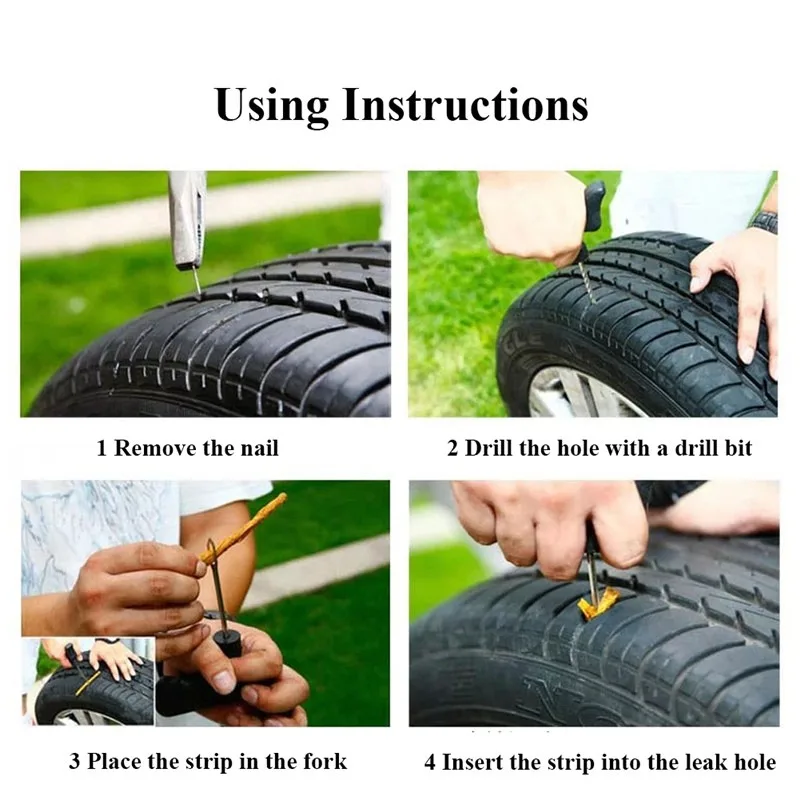 The matter requires patience, but on such a wheel you will reach the place of repair.
The matter requires patience, but on such a wheel you will reach the place of repair.
"Inflate" the tire with a garden hose. The matter requires patience, but on such a wheel you will reach the place of repair.
When the hole is in the knuckle, the tire cannot be saved. Unless you insert a camera into the tire. From the inside, it is useful to cover the hole with a "coat" of a couple of layers of rubber or with a bandage cut from the sidewall of a tire lying on the side of the road - there is a lot of this goodness along the roads. This will protect the chamber from sand and reduce the chance of further tearing. And if it's not far from the purpose of the trip? On a flat tire, you can drive 15–20 km on asphalt at speeds up to 40 km/h before it finally falls apart. We talked about this experiment in ZR, 2009, No. 7.
But what if there is no camera? Then turn on the fantasy. Someone "fills" the tire with a watering hose; all sorts of rags, sponge rubber from old seats, plastic film, linoleum strips, sidewalls cut from old tires, etc. will be used. With such stuffing, tires will wrinkle less on the go. But forget about driving in normal mode - slowly, extremely carefully, we drive to the nearest tire shop.
will be used. With such stuffing, tires will wrinkle less on the go. But forget about driving in normal mode - slowly, extremely carefully, we drive to the nearest tire shop.
Travel set: wedges, jack, pry bars, wheel wrench, hammer, gloves, corners, compressor. Do not forget repair fungi, self-vulcanizing patches and, of course, a valve cap with a head that is used to unscrew the spool. There are usually no such caps on the wheels of modern cars, but if you look, it may come in handy.
Travel set: stop wedges, jack, pry bars, wheel wrench, hammer, gloves, corners, compressor. Do not forget repair fungi, self-vulcanizing patches and, of course, a valve cap with a head that is used to unscrew the spool. There are usually no such caps on the wheels of modern cars, but if you look, it may come in handy.
CARE OF THE WHEELS, RULES OF DISMANTLING AND ASSEMBLY
— Not all tire damage can be repaired without loss of its qualities.